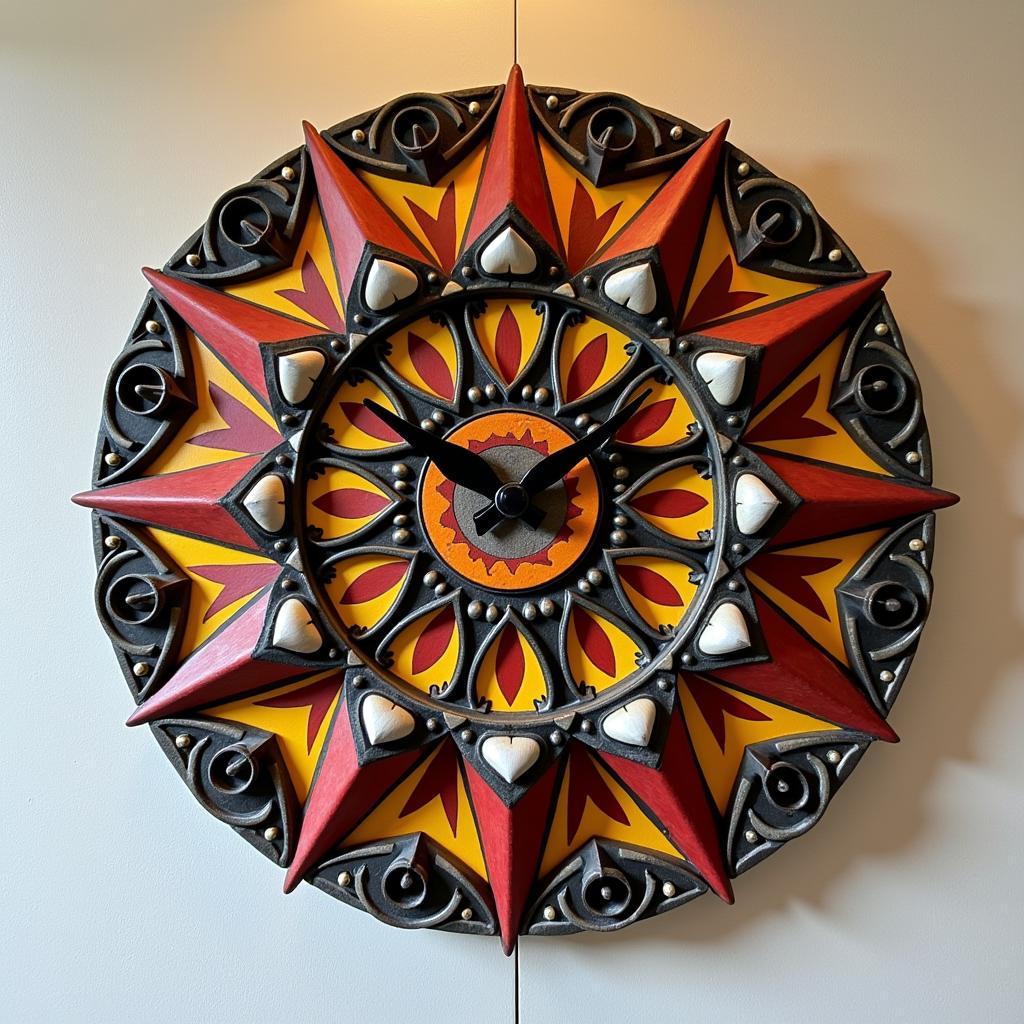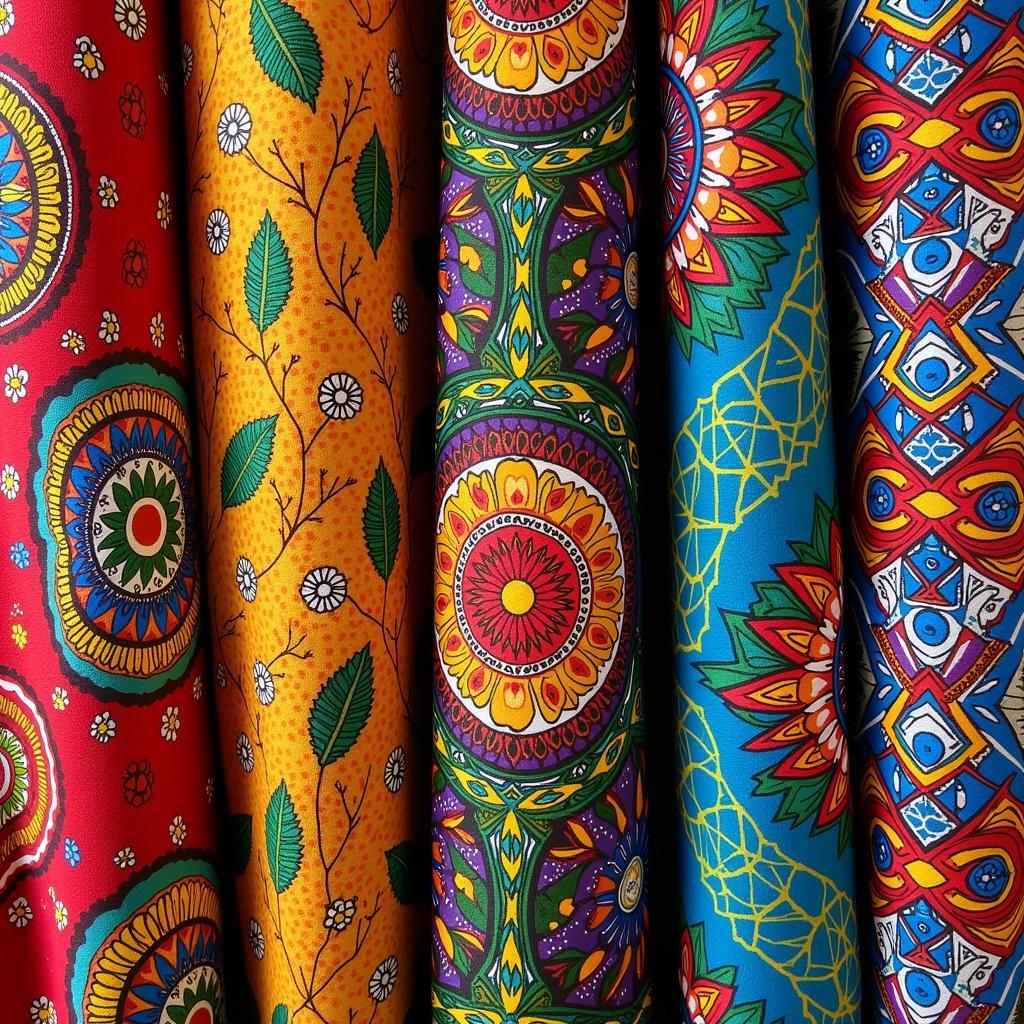African vs India: A Comparison of Two Vibrant Cultures
The African continent and India are two of the most culturally diverse and fascinating regions in the world. Both have rich histories, unique traditions, and captivating art forms. Although geographically distant, these two lands share certain similarities while also showcasing striking differences. This article explores the intriguing comparisons and contrasts between African and Indian cultures, delving into their history, art, music, cuisine, and customs.
Historical Parallels and Contrasts
Both Africa and India boast ancient civilizations with a long and complex history. African kingdoms like the Ashanti, Benin, and Mali, thrived with their sophisticated governance, art, and trade networks. Similarly, India’s ancient empires, like the Mauryan and Gupta, left a lasting legacy in philosophy, science, and architecture.
While both regions experienced periods of colonial rule, Africa faced a longer period of colonization by European powers. This had a profound impact on the continent’s political and social landscapes. India, on the other hand, experienced a period of British rule that, while impactful, led to a significant movement for independence.
Artistic Expressions: A Tapestry of Colors and Forms
The art of Africa and India reflects the rich diversity of each region. African art, encompassing masks, sculptures, textiles, and jewelry, is known for its symbolism and spiritual significance. It often depicts animals, humans, and deities, reflecting the beliefs and rituals of different communities. The intricate detail and bold colors are a testament to the artistry of African cultures.
Indian art, with its rich heritage in painting, sculpture, and architecture, displays a vast range of styles influenced by Hinduism, Buddhism, Islam, and other religious traditions. The vibrant colors, intricate patterns, and detailed depictions of gods, goddesses, and mythical figures, reflect the spiritual and philosophical depths of Indian culture.
Rhythms and Melodies: A Symphony of Sounds
Music plays a vital role in both African and Indian cultures. African music is characterized by its rhythmic complexity, polyrhythms, and use of percussion instruments. The music often reflects the rhythm of daily life, celebrating communal events and storytelling.
Indian music, with its rich tradition of classical and folk genres, is renowned for its melodic richness and complex ragas (musical scales). The use of instruments like the sitar, tabla, and sarod, creates a captivating soundscape that embodies the diverse musical expressions of India.
Culinary Delights: A Feast for the Senses
The culinary landscape of Africa and India is a testament to the diversity of ingredients and flavors available in each region. African cuisine, influenced by local ingredients and traditional cooking methods, showcases a variety of spices and flavors. From the hearty stews of West Africa to the aromatic curries of East Africa, the food provides a glimpse into the culinary traditions of the continent.
Indian cuisine, known for its intricate flavors and use of spices, offers a vibrant array of dishes. From the spicy vindaloo of Goa to the creamy butter chicken of Delhi, Indian food is a symphony of flavors and aromas that reflects the diverse culinary heritage of the subcontinent.
Customs and Traditions: A Tapestry of Beliefs and Practices
Cultural practices and traditions vary significantly across the vast landscapes of Africa and India. From family structures to religious observances, these traditions reflect the unique histories and values of each region.
“African societies are diverse and dynamic,” notes Dr. Anya Osei, an anthropologist specializing in African culture. “Family and community play a vital role in African Life, and traditions often revolve around ancestral veneration, storytelling, and rituals.”
“The importance of family and community also holds true for India,” remarks Dr. Rajeev Kumar, a sociologist specializing in Indian culture. “Indian traditions are often centered around religious observances, festivals, and the celebration of life events, emphasizing the importance of social connections.”
Conclusion: Two Vibrant Worlds
Africa and India are two vibrant cultures, each boasting a unique tapestry of history, art, music, cuisine, and customs. While geographically separated, they share certain commonalities, including a deep appreciation for family, community, and tradition. Their differences, however, are equally striking, reflecting the distinct cultural landscapes of these two fascinating regions.
Understanding the similarities and differences between African and Indian cultures offers valuable insights into the diversity and complexity of the human experience. It invites us to celebrate the richness of both regions and to appreciate the beauty of cultural diversity.




